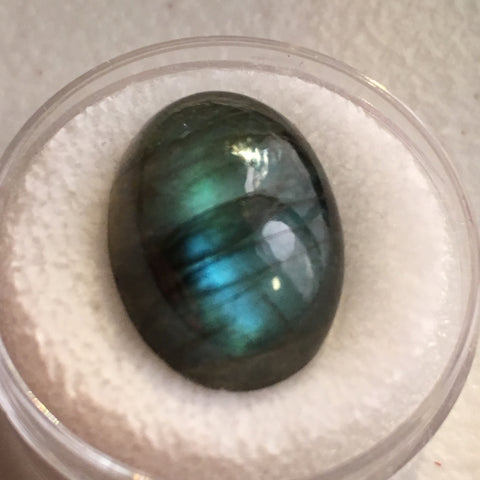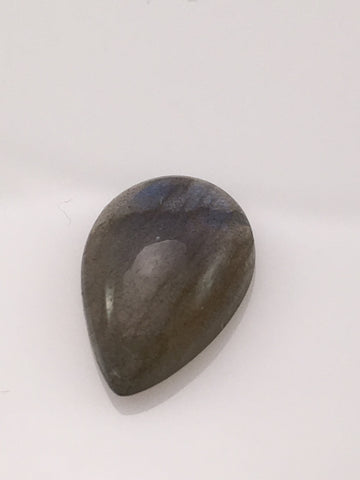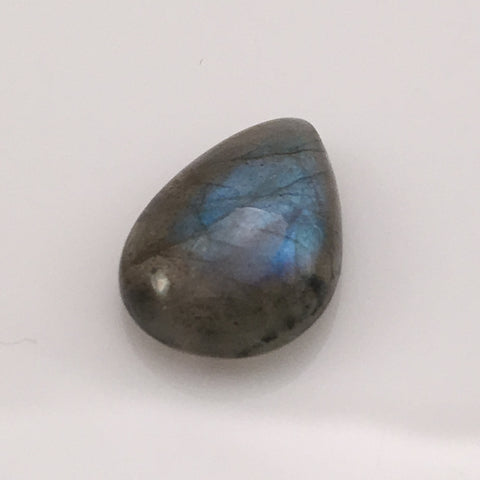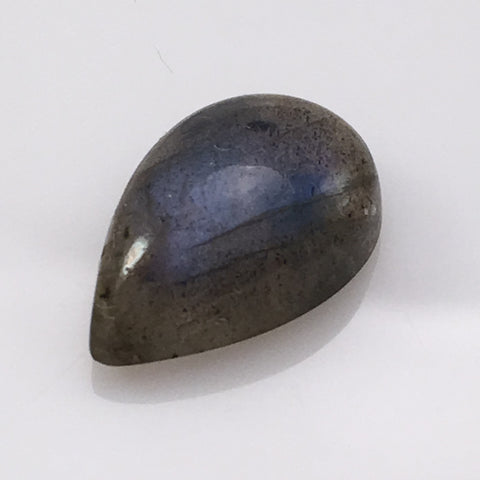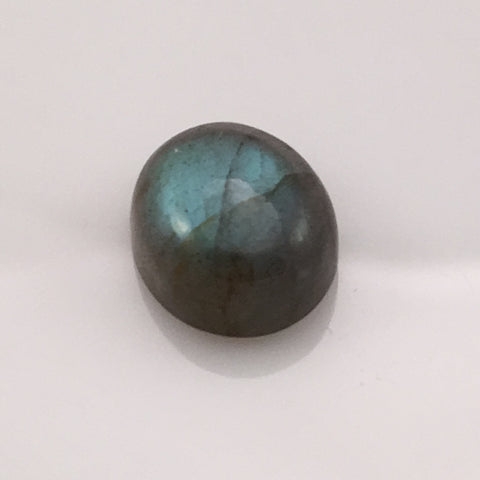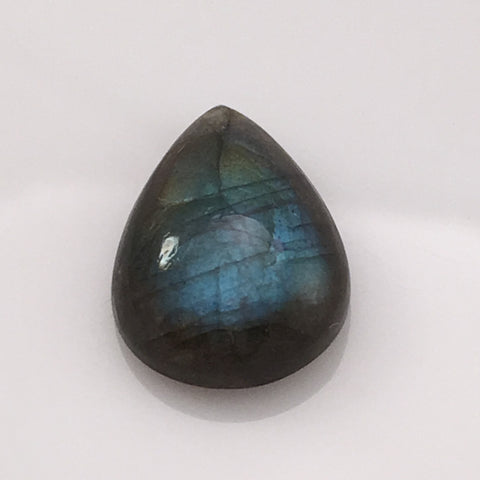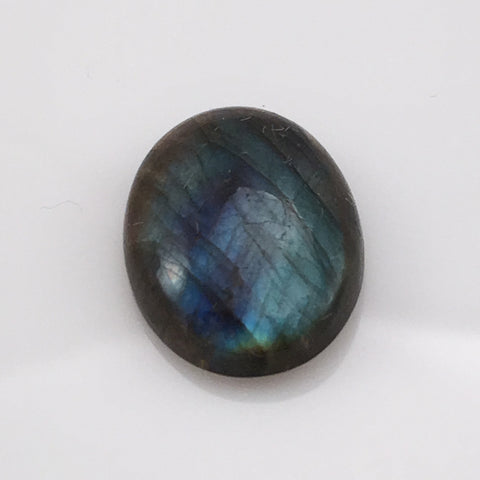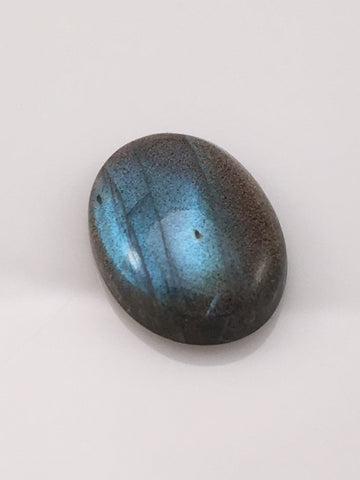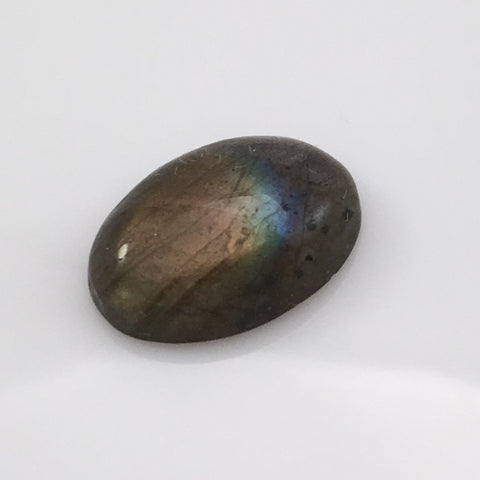Labrodorite
Labradorite is an iridescent gemstone with a unique metallic luster when viewed from certain angles. The labradorescent effect is believed to be due to the presence of very fine platelets of different compositions as well as minute inclusions of limenite, rutile and possible magnetite, which cause the diffraction of light.
The base color of labradorite is a dark smoky gray, but when light strikes the stone in a particular direction, it displays striking rainbow-colored reflections. Most typically, these metallic tints are violet, blue and green; but sometimes yellow, orange and red can be seen. This effect is so unique to labradorite that it is referred to as labradorescence.
Labradorite was named after the Labrador Peninsula in Eastern Canada where it was first found around 1770. Deposits have also been found in Australia, Finland, Madagascar, India, Mexico and the Adirondack Mountains of the United States.
The base color of labradorite is a dark smoky gray, but when light strikes the stone in a particular direction, it displays striking rainbow-colored reflections. Most typically, these metallic tints are violet, blue and green; but sometimes yellow, orange and red can be seen. This effect is so unique to labradorite that it is referred to as labradorescence.
Labradorite was named after the Labrador Peninsula in Eastern Canada where it was first found around 1770. Deposits have also been found in Australia, Finland, Madagascar, India, Mexico and the Adirondack Mountains of the United States.

